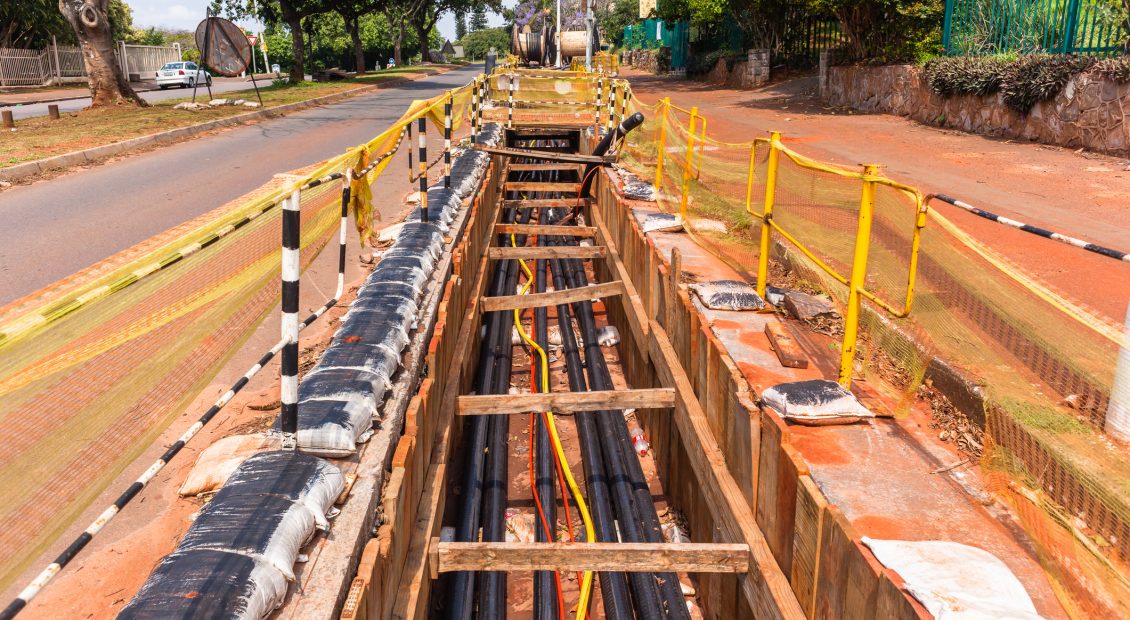
Fibre for 5G and edge: Who does it and how to build it?
There is now a valuable but specialised opportunity in building out fibre to support small 5G cells in high value areas. Which players should address it and how?


There is now a valuable but specialised opportunity in building out fibre to support small 5G cells in high value areas. Which players should address it and how?

Alongside the roll-out of 5G cores and radios, the Radio Access Network (RAN) is evolving to a more open, virtualised and distributed architecture. What are the opportunities and risks for telcos?